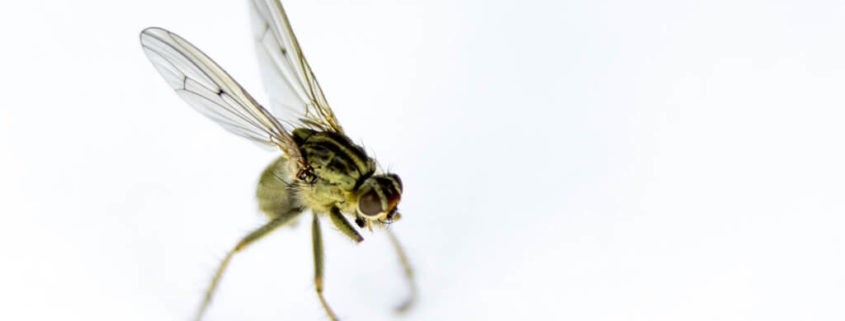Investigation of sublethal endpoints in dung organisms as a prerequisite for the implementation of terrestrial ecotoxicological studies within the environmental risk assessment of veterinary pharmaceuticals
The aims of this project were the compilation and publication of the results of workshops with international dung fauna experts (Aveiro group) and the further improvement of existing laboratory tests with dung beetles and dung flies. Two publications were prepared: first, recommendations for the preparation, performance and assessment of field studies with dung organisms, and second – in close co-operation with the sponsor – an improved testing strategy for the assessment of veterinary pharmaceuticals. Two new test methods with the established test species Aphodius constans were developed, using ivermectin and moxidectin as model substances. Both in the elongated larvae test as well as in the adult reproduction test, an increased sensitivity was found in comparison to the established OECD larvae test. Fifteen dung fly species belonging to the family Sepsidae (with up to eight different populations) were tested, using a modified version of the existing OECD test guideline and ivermectin as a model substance. The sensitivity of the dung flies differed strongly, both within and between species. Based on the experiences made in this project, detailed recommendations were provided (1) for further development of a testing strategy for veterinary pharmaceuticals and dung organisms and (2) for the implementation of sublethal tests with dung beetles and additional dung fly species.



